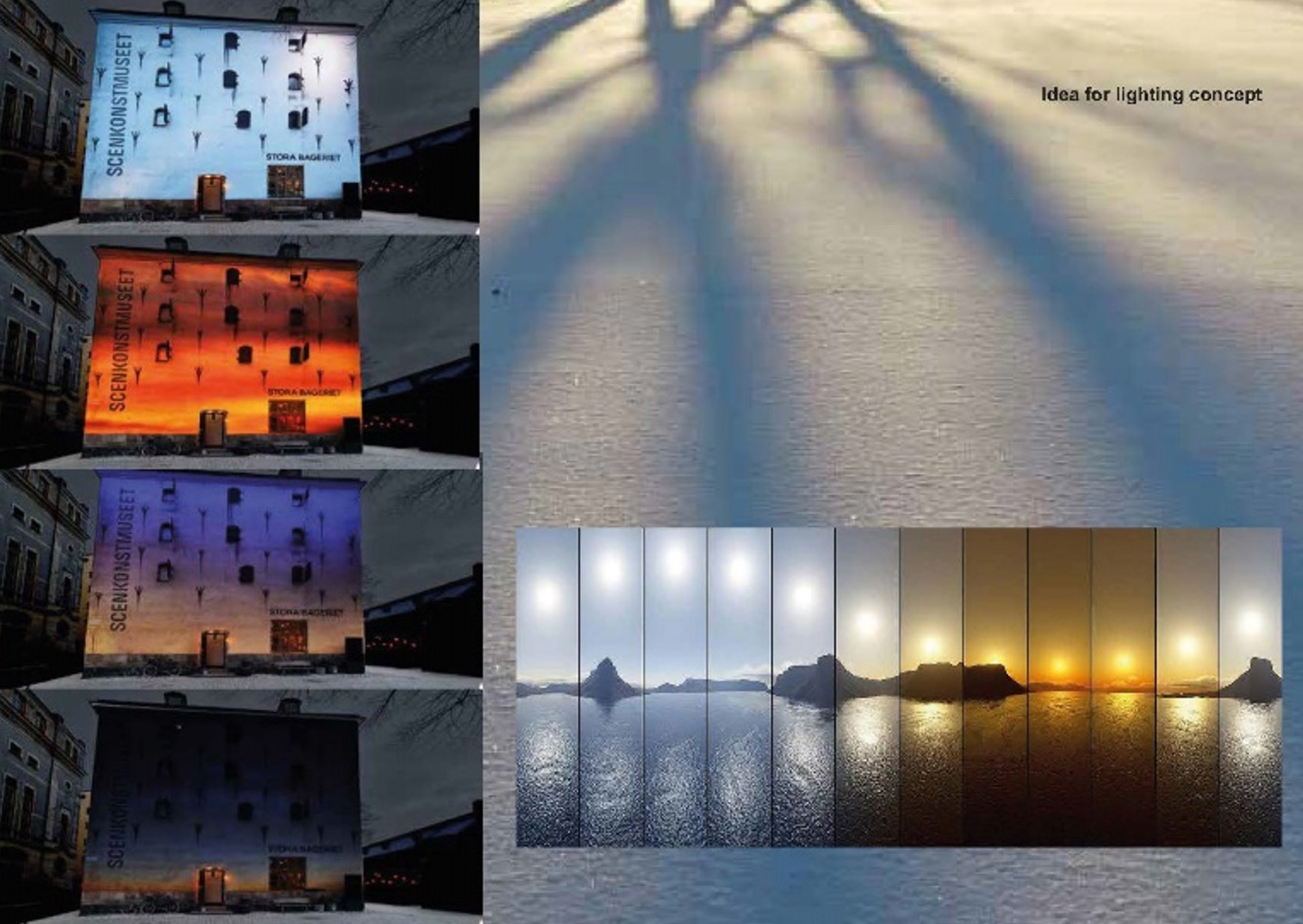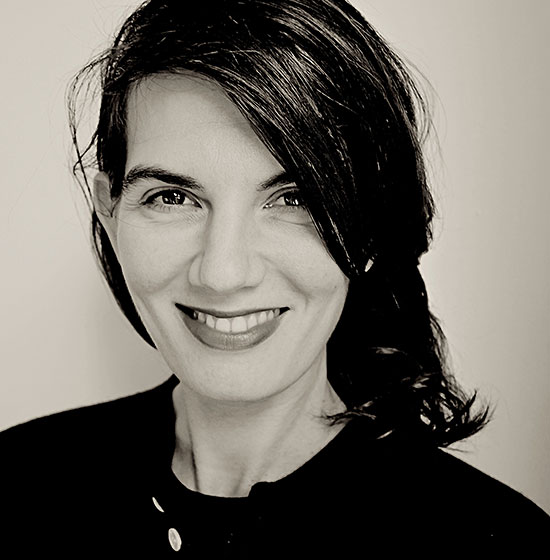SKH participates in Nobel Week Lights
Between 2 and 10 December, the Nobel Week Lights festival takes place in Stockholm. This year, SKH, together with KTH, KMH and Konstfack, has created the sound and light installation Circadia Waves: Resonances, which will be displayed outdoors at the Swedish Museum of Performing Arts. The light festival is presented by the Nobel Prize Museum and invites both international and local artists, designers, and students to create public light artworks inspired by the Nobel Prize. The light installations illuminate the Nobel Prize laureates’ scientific discoveries, literature, and peace work.
Circadian Waves:Resonances is inspired by Nobel Prize winners Jeffrey C. Hall, Michael Rosbash and Michael W. Young, for their discoveries of molecular mechanisms controlling the circadian rhythm, and is based on Costanza Julia Banis, Assistant Professor of Film Production at SKH, research project Circadia/Too Loud and Too Bright.
– Circadian cycles and the representation of light and sound pollution are at the core of my artistic research project Circadia/Too Loud and Too Bright, which is the starting point for a group of artists and scientists to meet and investigate how to represent them. The installation is one of the outcomes, independently managed by a group of artists and scientists, active in the Navet research group, says Costanza.
In connection with the installation Circadian Waves: Resonances and Nobel Week Lights, Costanza in collaboration with NAVET and Scenkonstmuseet will hold a workshop on 6 December. Read more here.
About the installation Circadia Waves: Resonances
The artwork Circadian Waves: Resonances combines light and sound, inspired by the Nobel Prize awarded research into our bodies’ internal clocks.
Most life on earth has a rhythm that follows the changes of natural light throughout the day, also known as the circadian rhythm. This internal clock is set every day by exposure to the cycles of light and darkness. This phenomenon was the main focus for scientists Jeffrey C. Hall, Michael Rosbash and Michael W. Young, who were awarded the 2017 Nobel Prize in Physiology or Medicine for their “discoveries of molecular mechanisms controlling the circadian rhythm”. In modern, urban society we rarely experience dark skies, and the city sounds never completely quiet down. Our rhythms are altered by patterns of lights and sounds that do not reflect the natural day. This affects not only humans, but also animals and plants. Through this light and sound installation, the audience can experience the shifts between light and darkness, sound and silence in the middle of an urban environment, resonating with our internal, lost rhythms.
The Lighting design concept of the artwork was created by Johanna Enger (Konstfack), Ute Besenecker, Hamidreza Eizadi, Rodrigo Muro (KTH – Royal Institute of Technology) and Ines Bartl. The Sound design was composed and produced by Niklas Dahlquist and Domantas Puras, Electroacoustic composition master students at the Royal College of Music (KMH), supervised by Kim Hedås, as well as by Helena Linder Miñambres, Interactive Media Technology master student at the Royal Institute of Technology (KTH), supervised by Roberto Bresin.

Image: NAVET
Read more
Read more about the research project Circadia/Too Loud and Too Bright by Costanza Julia Bani.

Read more about the installation Circadia Waves: Resonances on Nobel Week Lights website.
Read more about Nobel Week Lights 2023 and see the whole program.
Read more about NAVET.